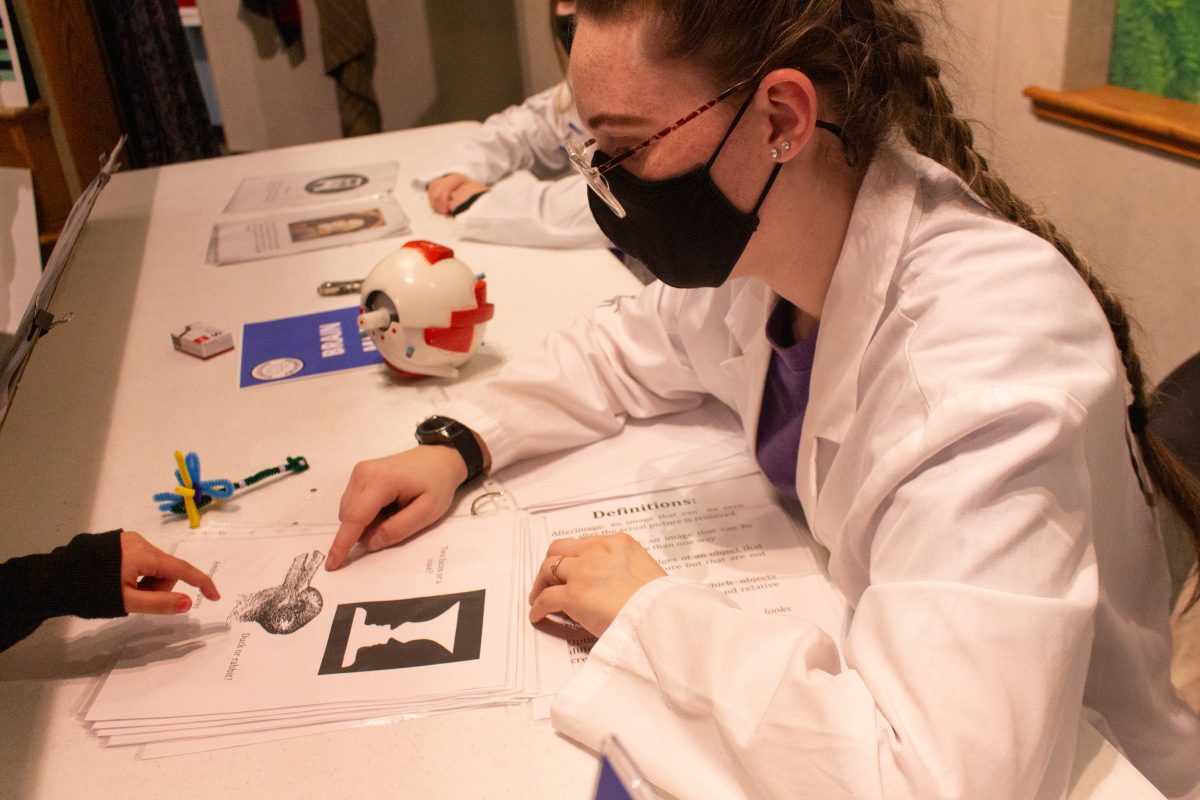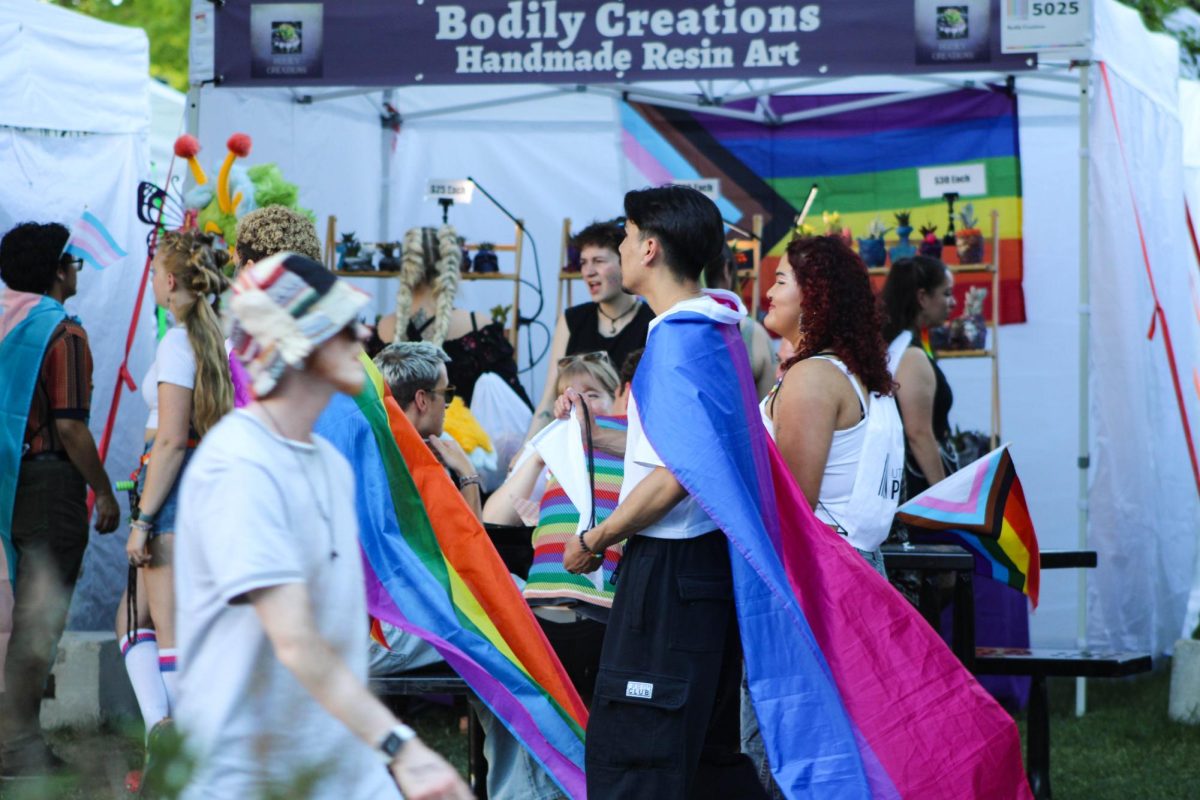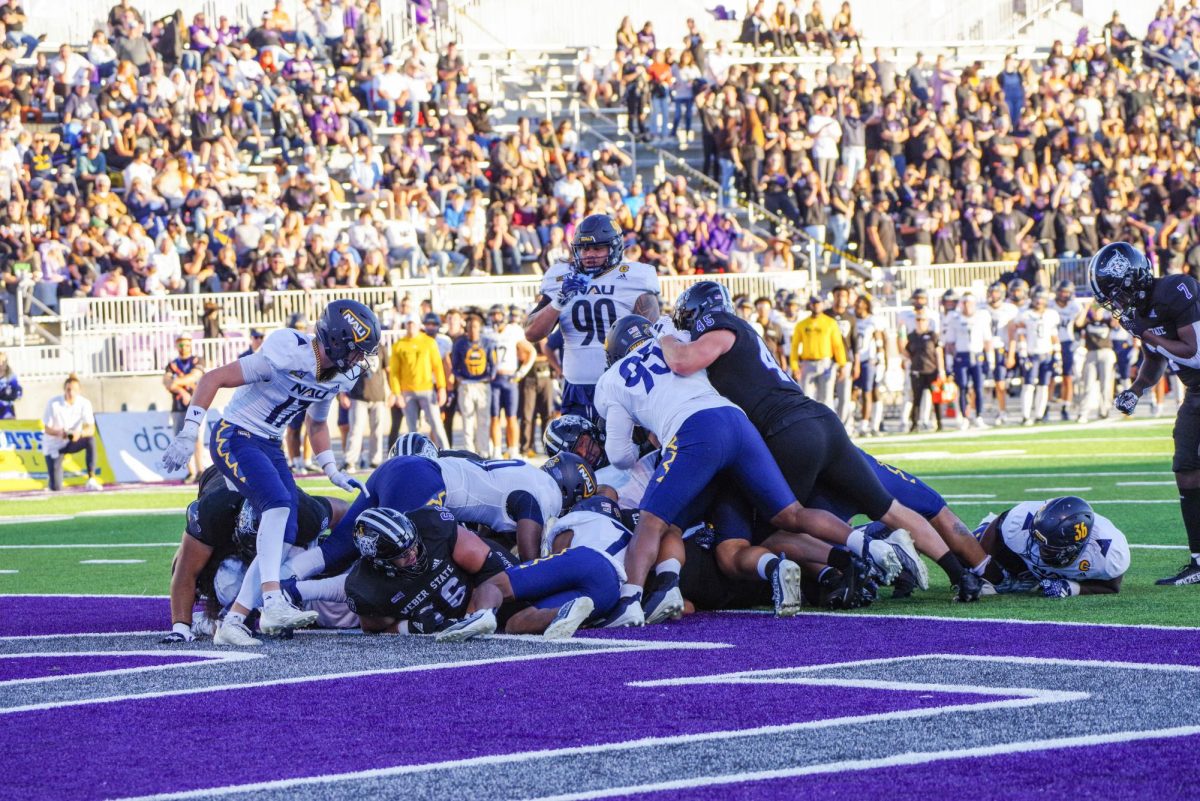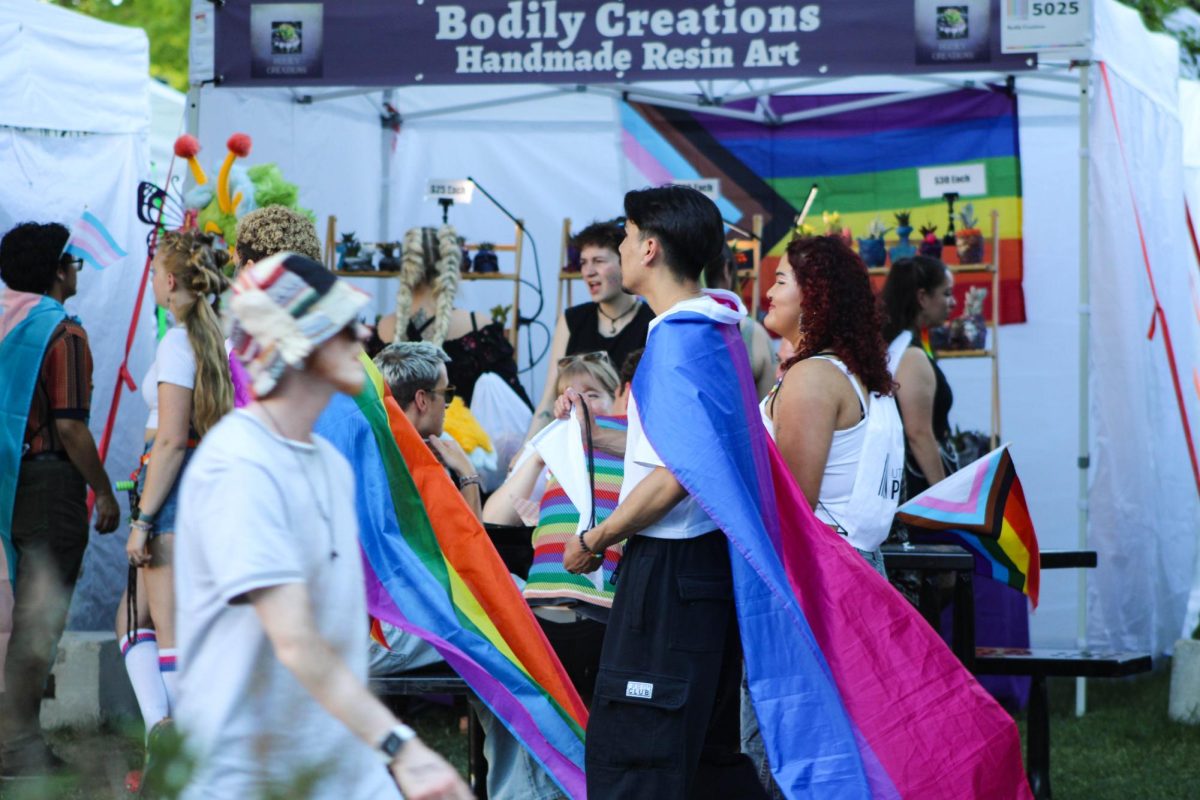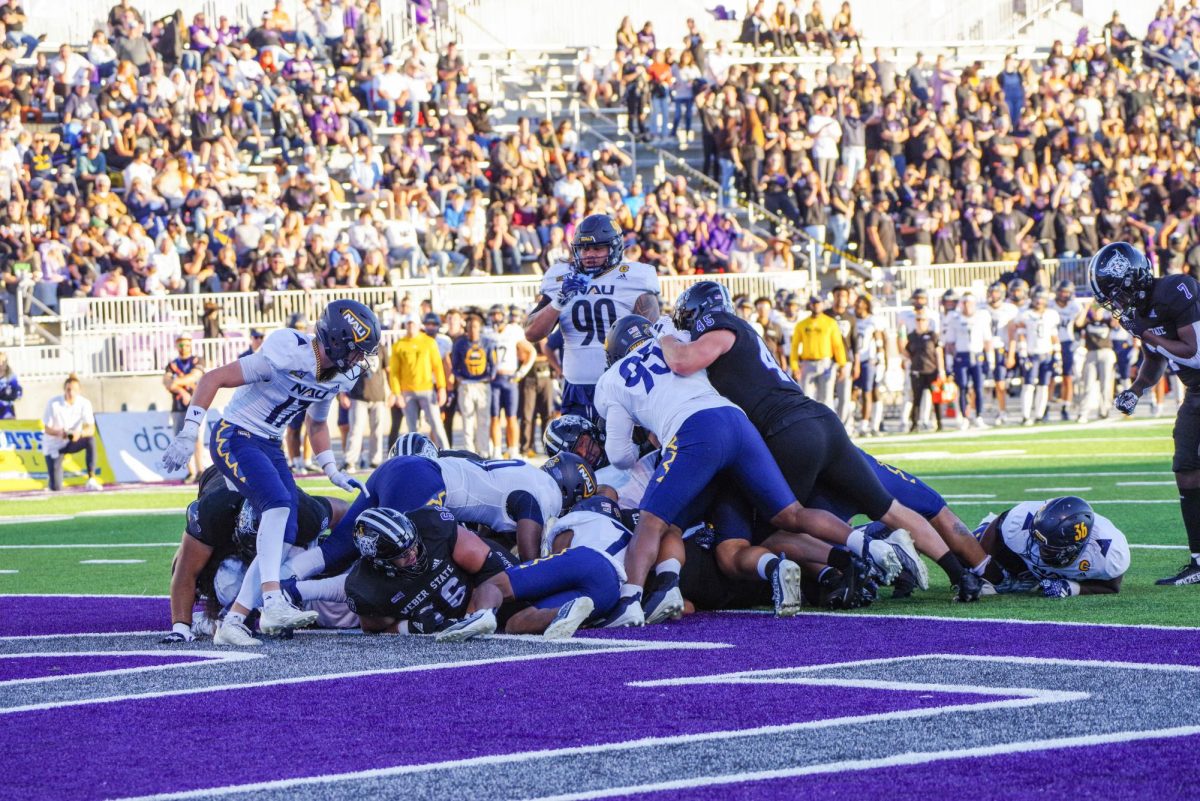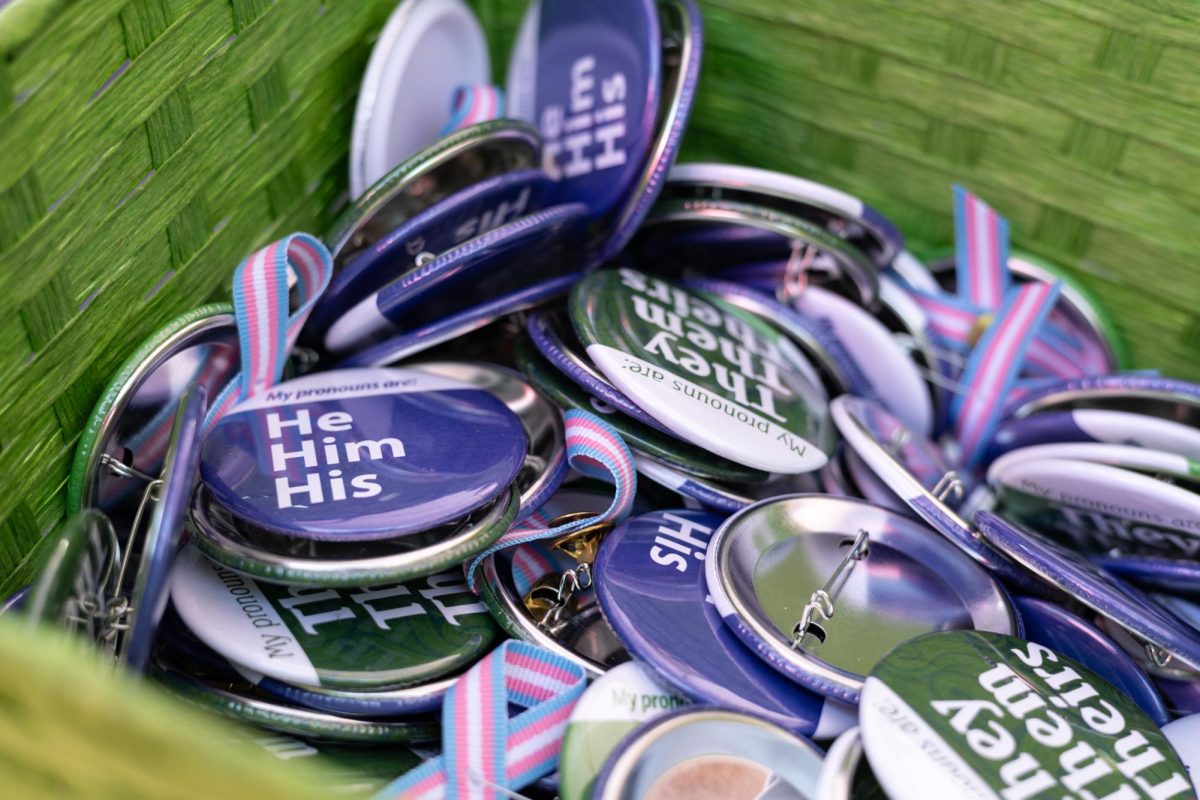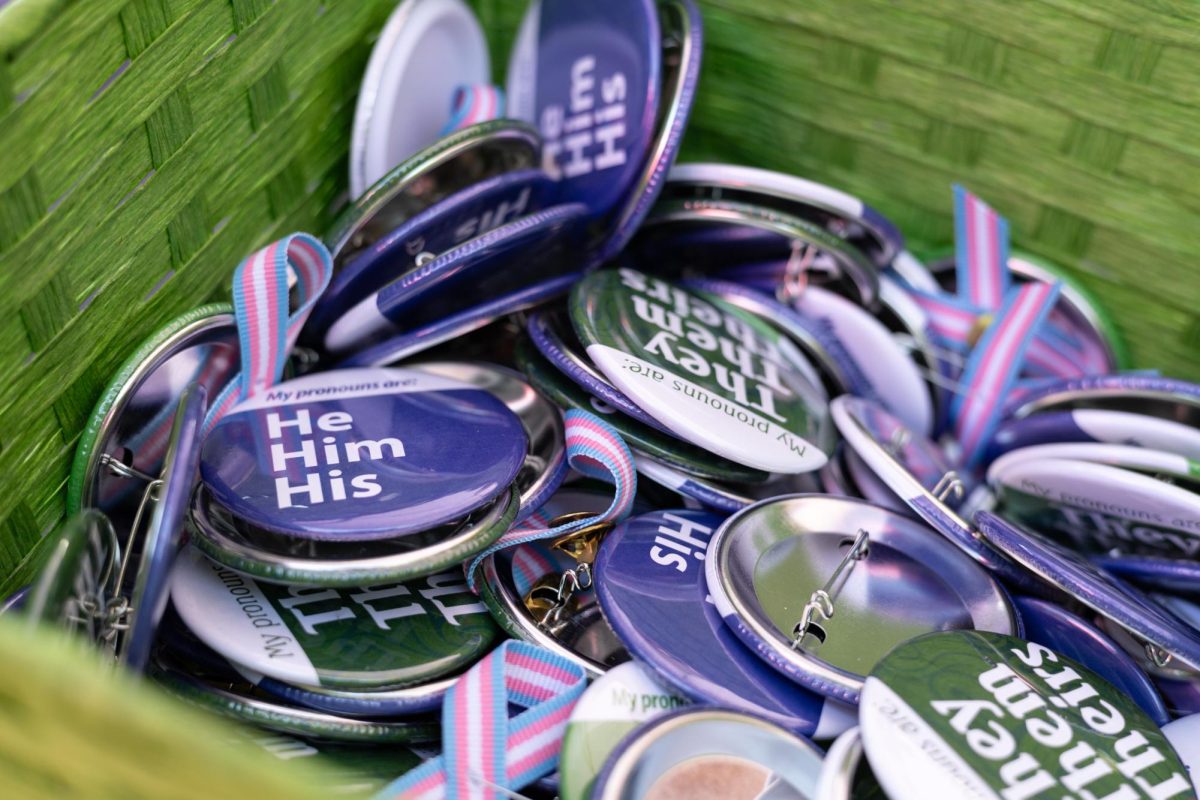Spring break is a highly-anticipated week for every Weber State University student to relax from late-night homework and early morning classes. While students sleep in, WSU’s Neuroscience Program and volunteers go to local schools along the Wasatch Front to host presentations about the brain for Brain Awareness Week, helping kids find their passion in neuroscience and encouraging continued learning.
Brain Awareness Week is an annual, globally-promoted program sponsored by the Dana Foundation that lets neuroscience programs teach K-12 students more about how the brain works. WSU’s Neuroscience Program also holds events at Ogden’s Treehouse Museum where families can register for free to participate in activities to help children learn about and understand the brain. This event provides free, age-appropriate activities that are inclusive for any family to participate in when learning about how human brains function. Each lesson can range from sensory activities, concussion goggles and inspecting a sheep brain.
With the help of WSU students, three other colleges and volunteers, Brain Awareness Week helps recognize the importance of our brains and teaches curiosity for future education.
“Seeing the kids get excited about something that they may not have thought that they would enjoy before and the activities being really fun for them,” Chandler Peterson, president of WSU’s Neuroscience Club and president of the Nu Rho Psi committee, said.
The Neuroscience Program plans for each presentation from two weeks to a month in advance to ensure quality when presenting to each school. Professors, club members, students and volunteers can participate in the presentations and are provided with proper training and weekly meetings. Students either majoring in neuroscience or wanting to participate for fun can experience student engagement, personal reflection and resume building.
“It’s great practice with if you’re interested in anything where you’re going to do education,” Amanda O’Hare, director and assistant professor of the neuroscience program, said. “That can be not even in a formal school setting but just learning how to explain things in simple ways. Answer their unexpected questions. Great community engagement especially at Treehouse Museum where we’re working with families.”
Children and families participating in the event learn about how the brain works and spark possible interest in neuroscience. Teachers, students and volunteers participating in the event can learn the teaching aspects of neuroscience and make new discoveries about themselves. Moving forward, WSU’s Neuroscience Program will continue to hold events, promotions and involvement with students and families.


